The Robotic Vision Market is currently characterized by a dynamic competitive landscape, driven by advancements in artificial intelligence, machine learning, and automation technologies. Key players such as Cognex Corporation (US), Omron Corporation (JP), and Keyence Corporation (JP) are at the forefront, each adopting distinct strategies to enhance their market positioning. Cognex Corporation (US) focuses on innovation in machine vision systems, emphasizing the development of advanced algorithms that improve image processing capabilities. Meanwhile, Omron Corporation (JP) is leveraging its expertise in automation to integrate robotic vision solutions into broader manufacturing processes, thereby enhancing operational efficiency. Keyence Corporation (JP) is also notable for its commitment to regional expansion, particularly in Asia, where it seeks to capitalize on the growing demand for automation in various industries. Collectively, these strategies contribute to a competitive environment that is increasingly centered around technological innovation and operational efficiency.
In terms of business tactics, companies are increasingly localizing manufacturing to reduce lead times and optimize supply chains. This approach appears to be a response to the growing need for agility in production processes, particularly in the face of fluctuating market demands. The Robotic Vision Market is moderately fragmented, with several key players exerting influence over specific segments. The collective actions of these companies suggest a trend towards consolidation, as firms seek to enhance their competitive edge through strategic partnerships and acquisitions.
In August 2025, Cognex Corporation (US) announced a strategic partnership with a leading AI firm to enhance its machine vision capabilities. This collaboration is expected to integrate cutting-edge AI technologies into Cognex's existing product lines, thereby improving the accuracy and speed of its vision systems. Such a move not only strengthens Cognex's product offerings but also positions the company as a leader in the integration of AI within robotic vision applications.
In September 2025, Omron Corporation (JP) unveiled a new line of robotic vision systems designed specifically for the automotive industry. This launch is significant as it aligns with the increasing automation trends within the sector, allowing manufacturers to enhance quality control processes. By targeting a specific industry, Omron is likely to capture a larger market share and solidify its reputation as a key player in the automotive automation space.
In July 2025, Keyence Corporation (JP) expanded its operations in Southeast Asia by establishing a new manufacturing facility in Vietnam. This strategic move is indicative of Keyence's commitment to meeting the rising demand for robotic vision solutions in the region. By localizing production, Keyence aims to reduce costs and improve delivery times, thereby enhancing its competitive position in a rapidly growing market.
As of October 2025, the competitive trends within the Robotic Vision Market are increasingly defined by digitalization, sustainability, and the integration of AI technologies. Strategic alliances are becoming more prevalent, as companies recognize the value of collaboration in driving innovation. Looking ahead, it is anticipated that competitive differentiation will evolve, shifting from traditional price-based competition to a focus on technological innovation, reliability in supply chains, and the ability to deliver customized solutions. This evolution underscores the importance of agility and responsiveness in a market that is rapidly changing.


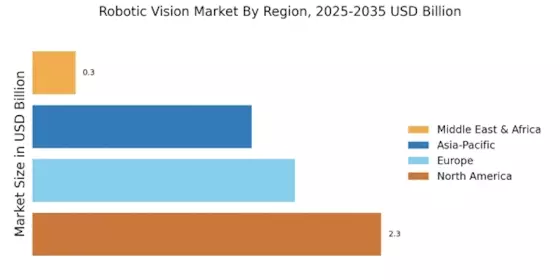
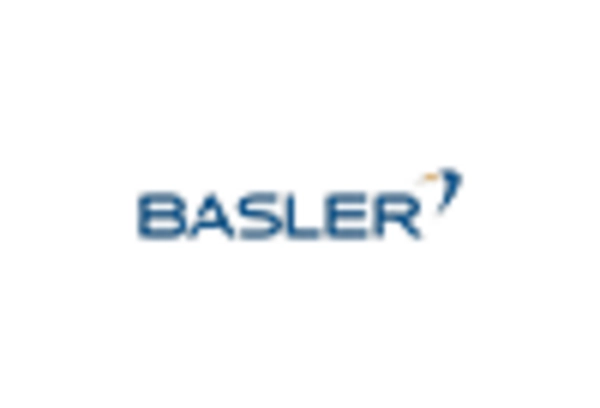
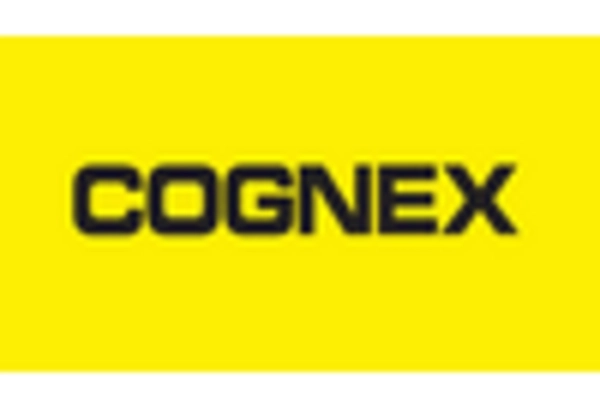
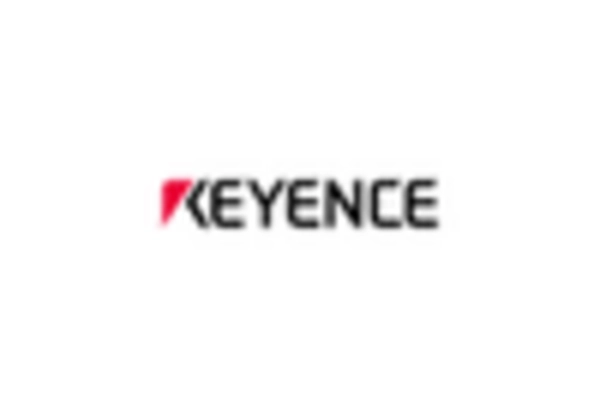
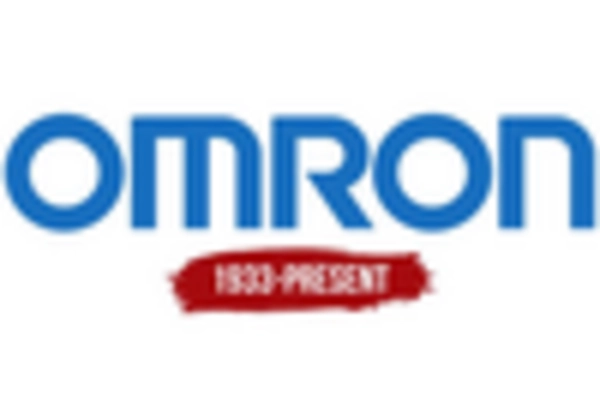
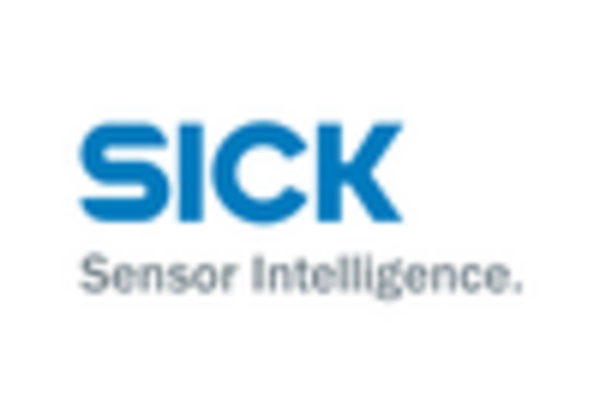
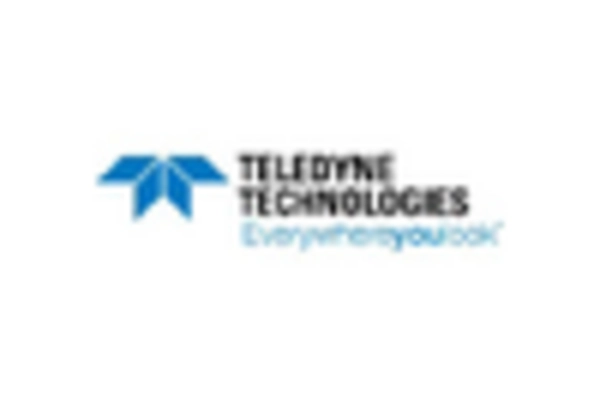








Leave a Comment